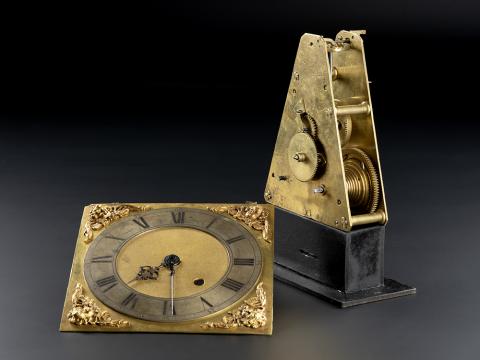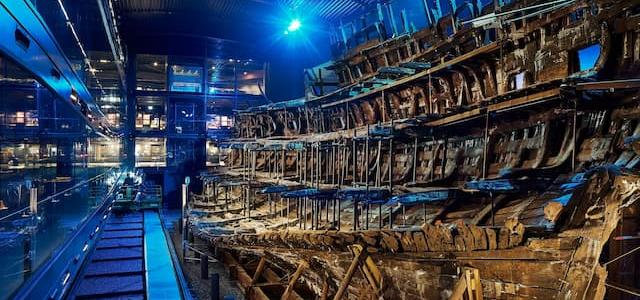
Purchase of the Bruce Longitude Sea-Clock
The Bruce-Oosterwijck longitude pendulum sea clock is one of only two examples of a clock of its kind in the world, and represents the first attempt to solve the ‘the longitude problem,’ the issue of measuring longitude which scientists tried to solve as people began to make transatlantic voyages.
The inability to accurately determine longitude made any significant sea voyage innately hazardous had been clear for millennia. Enter Alexander Bruce, (1629-1681), 2nd Earl of Kincardine, politician, judge and inventor.
While residing in the Netherlands, he met and built a friendship with Christiaan Huygens, the inventor of the pendulum clock. Huygens believed strongly that the key to the 'Longitude Problem' was a highly precise timepiece; he saw his recent invention, the pendulum clock (1657) as an ideal starting point.
Although the sea clock was ultimately unsuccessful in accurately measuring longitude, it was a significant attempt and represents a pivotal moment in maritime history. It would take 100 more years before the longitude problem was famously solved by English carpenter and clockmaker John Harrison.


